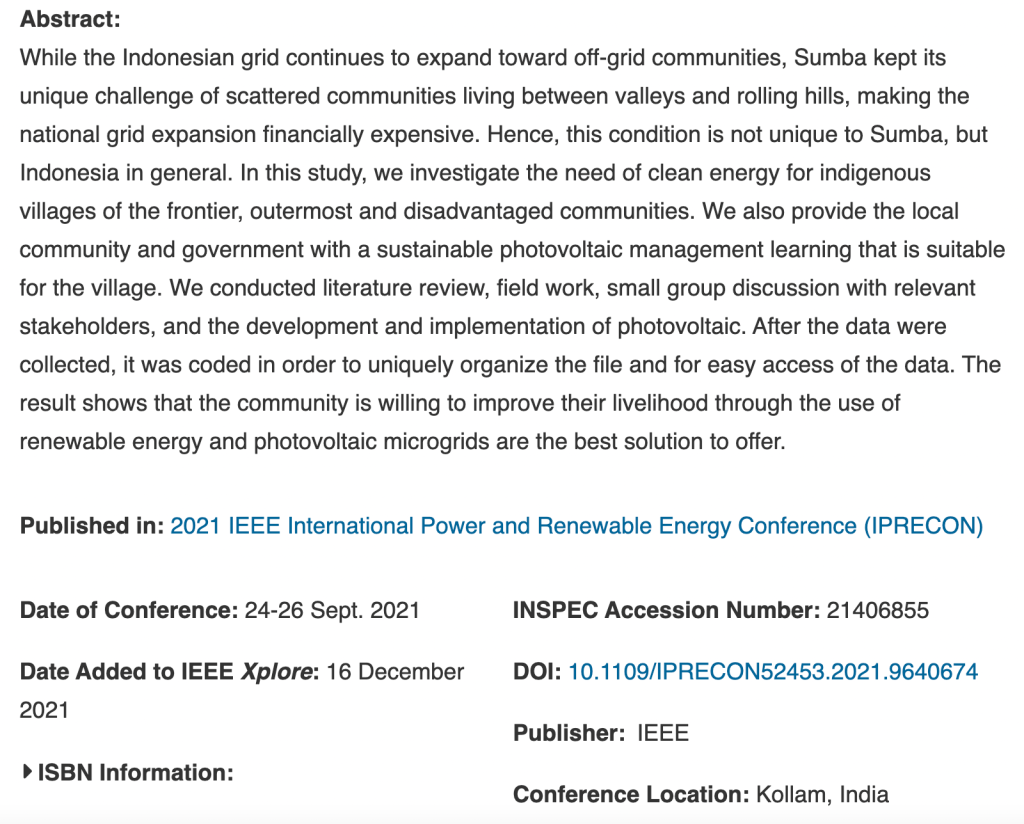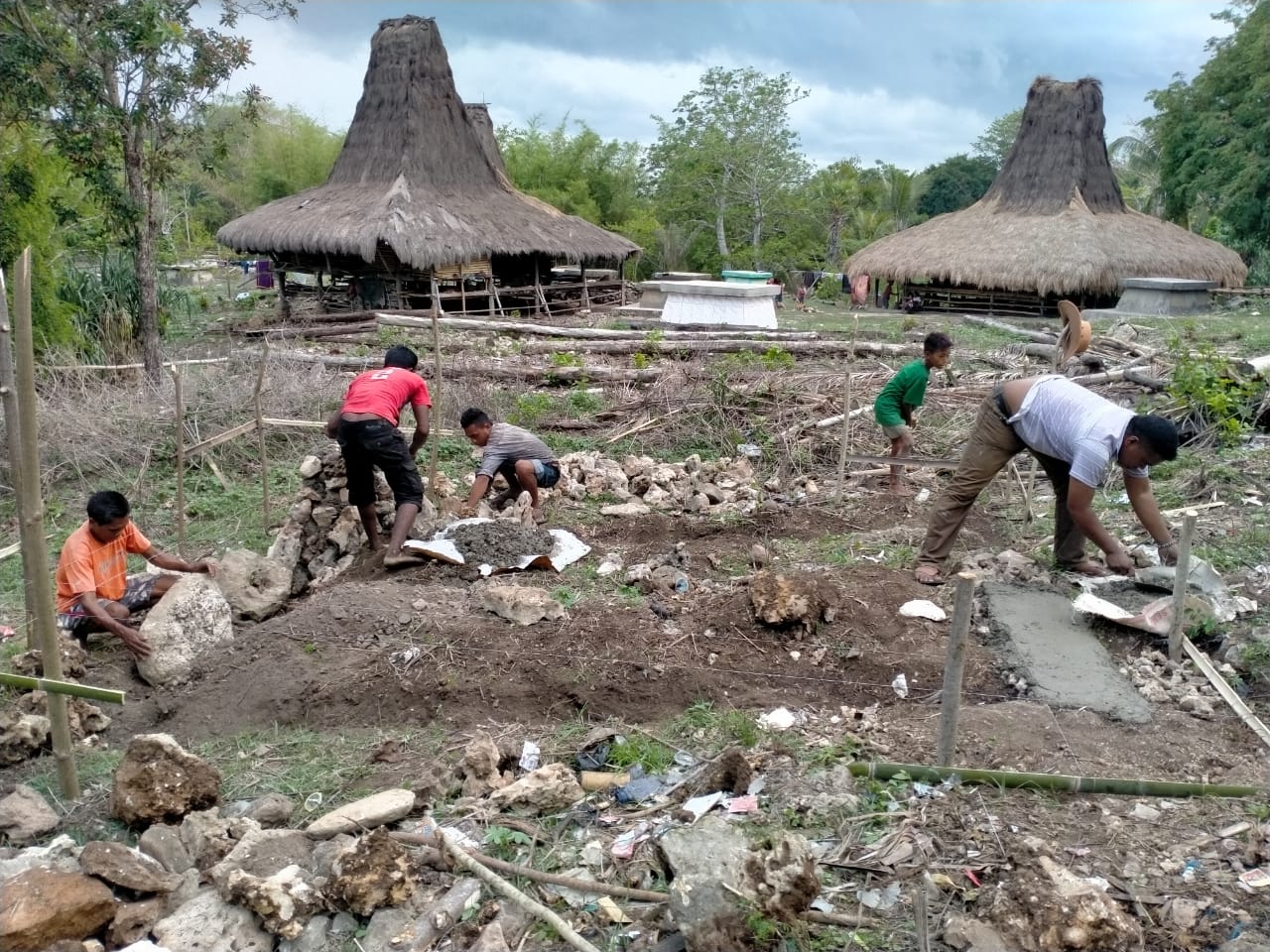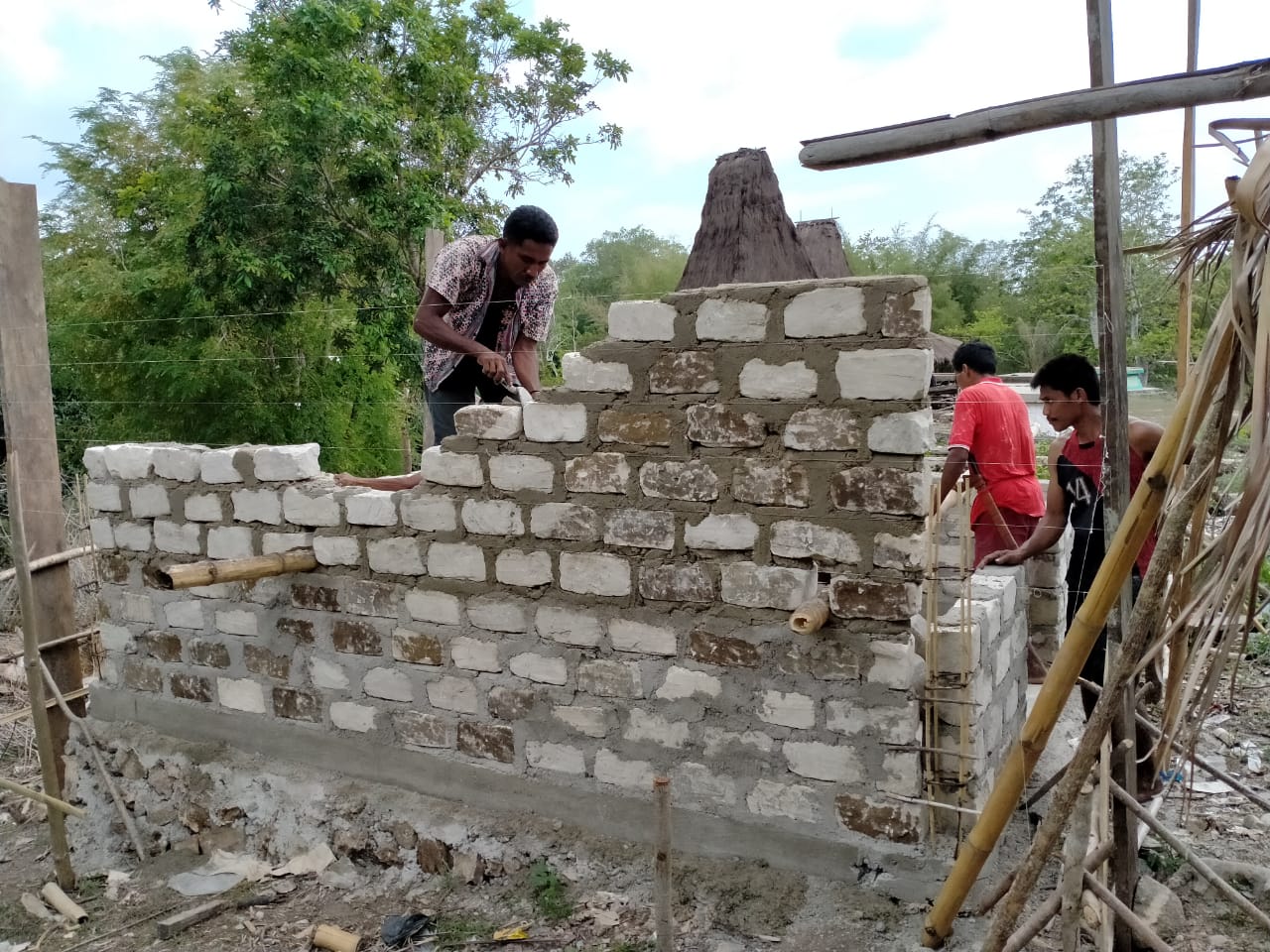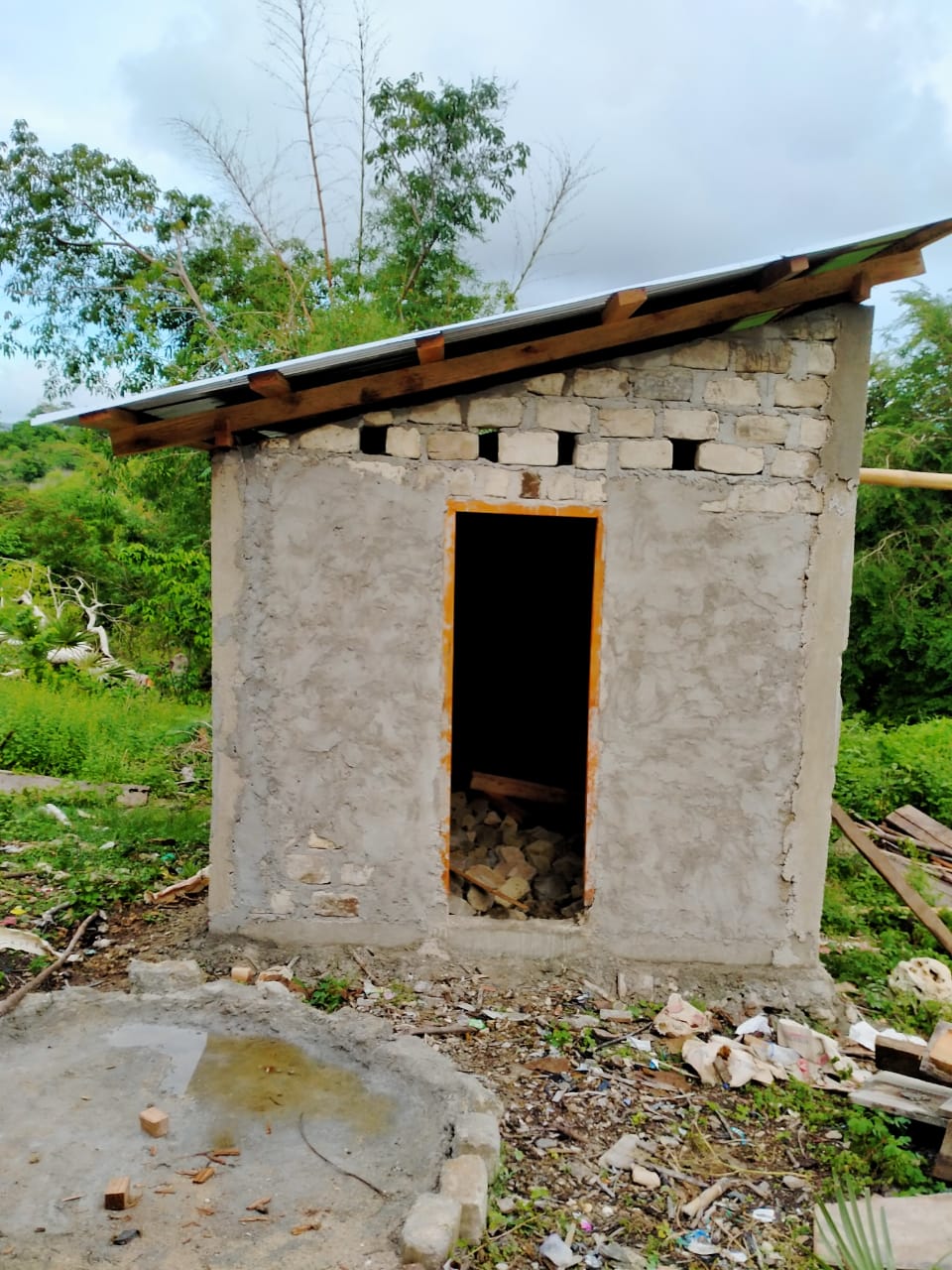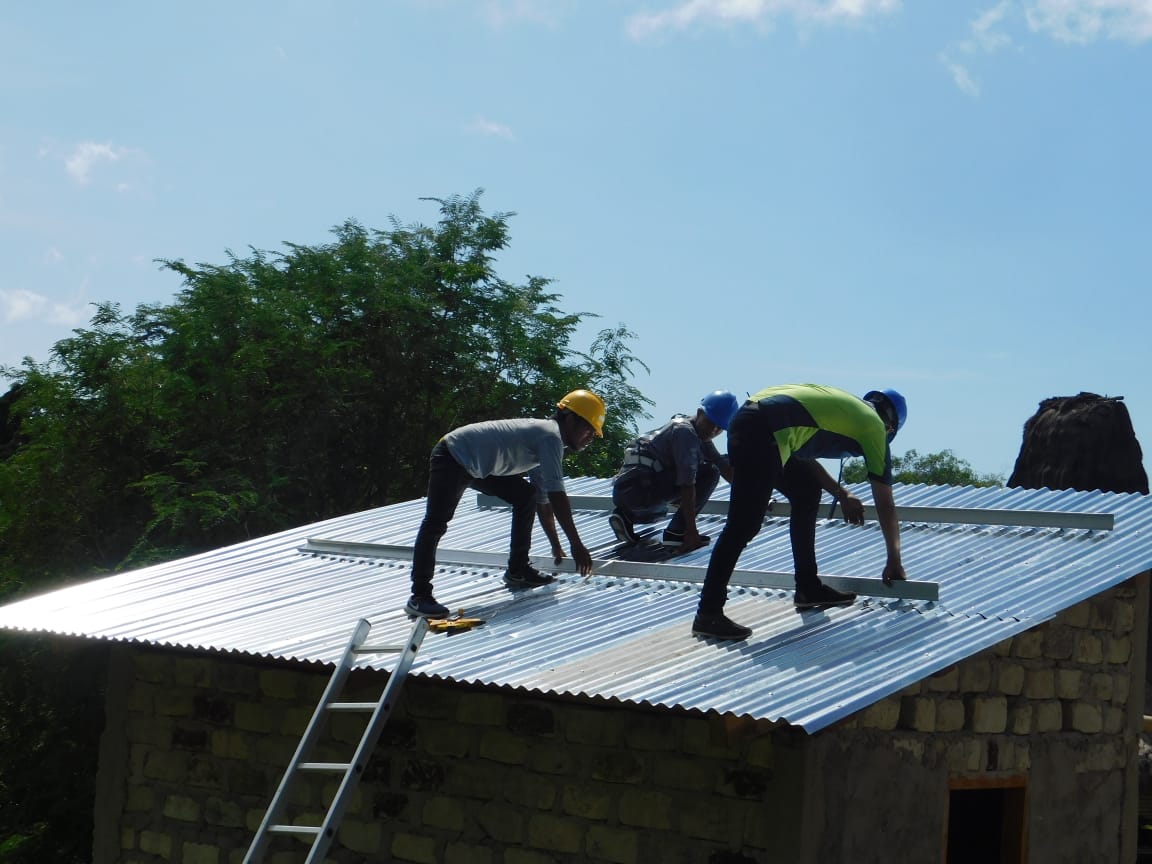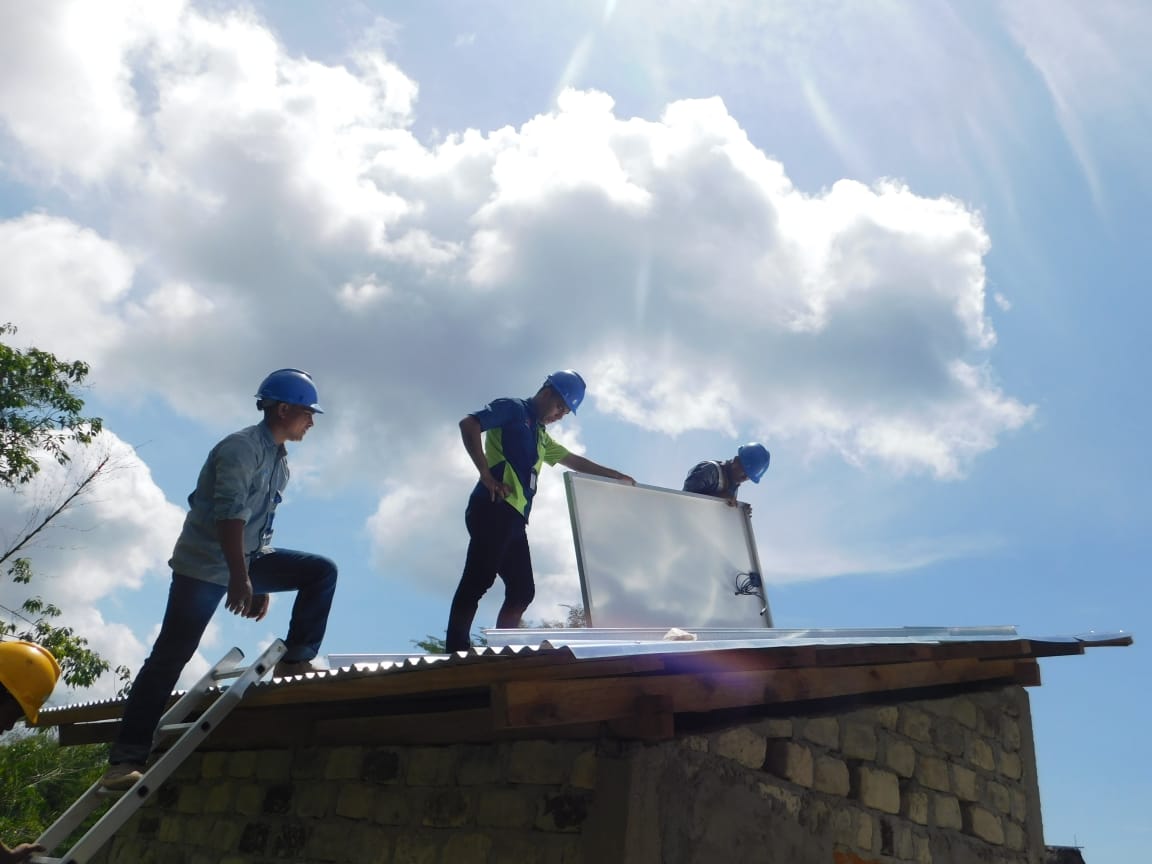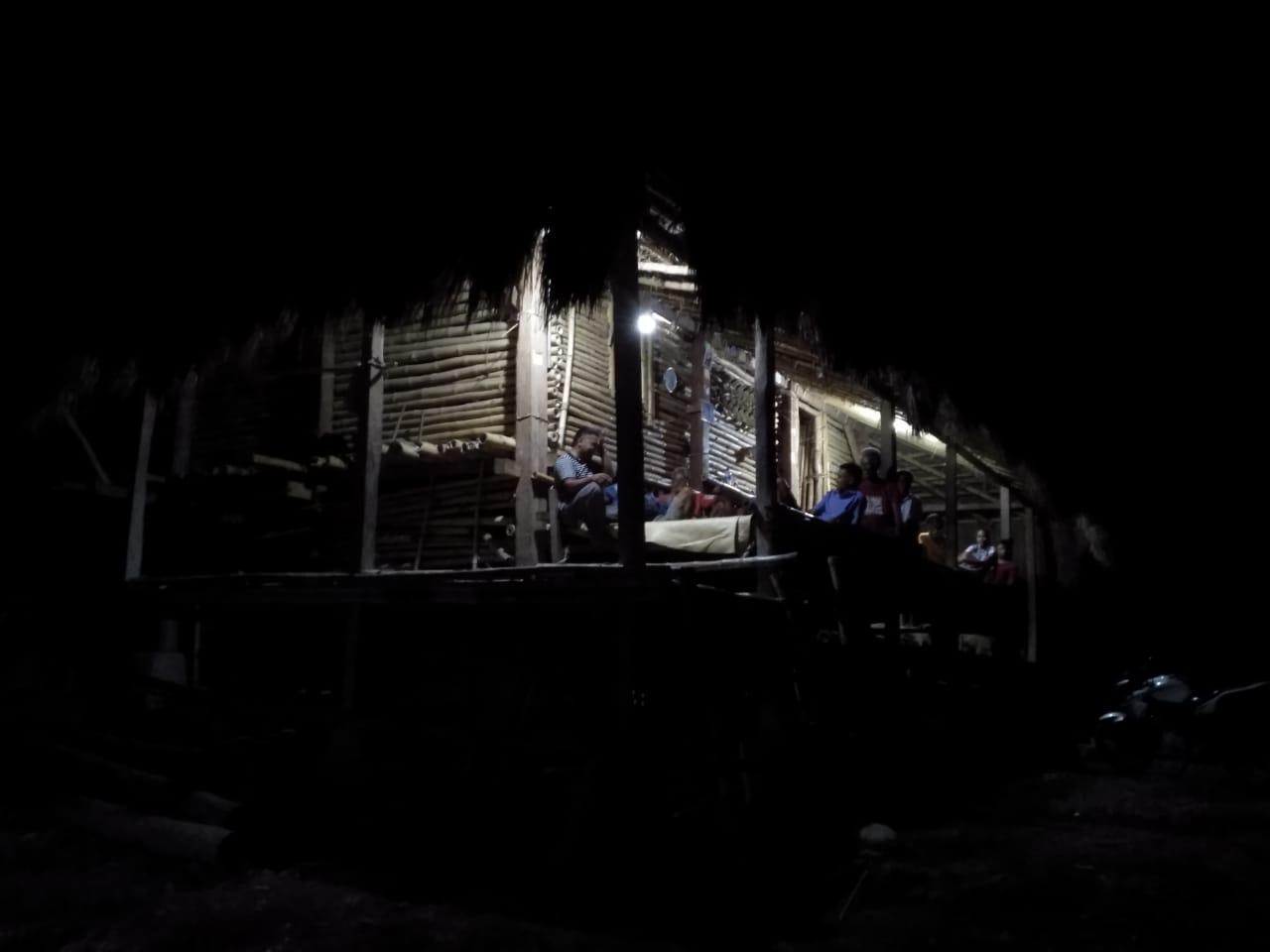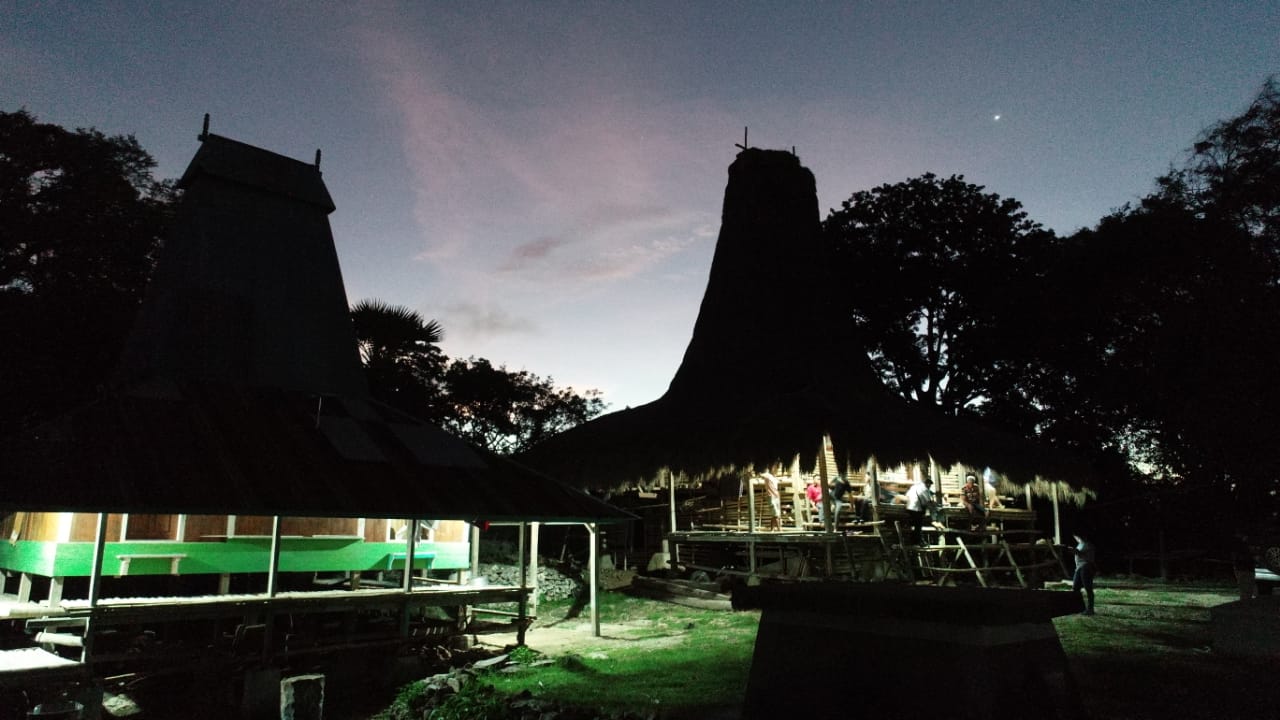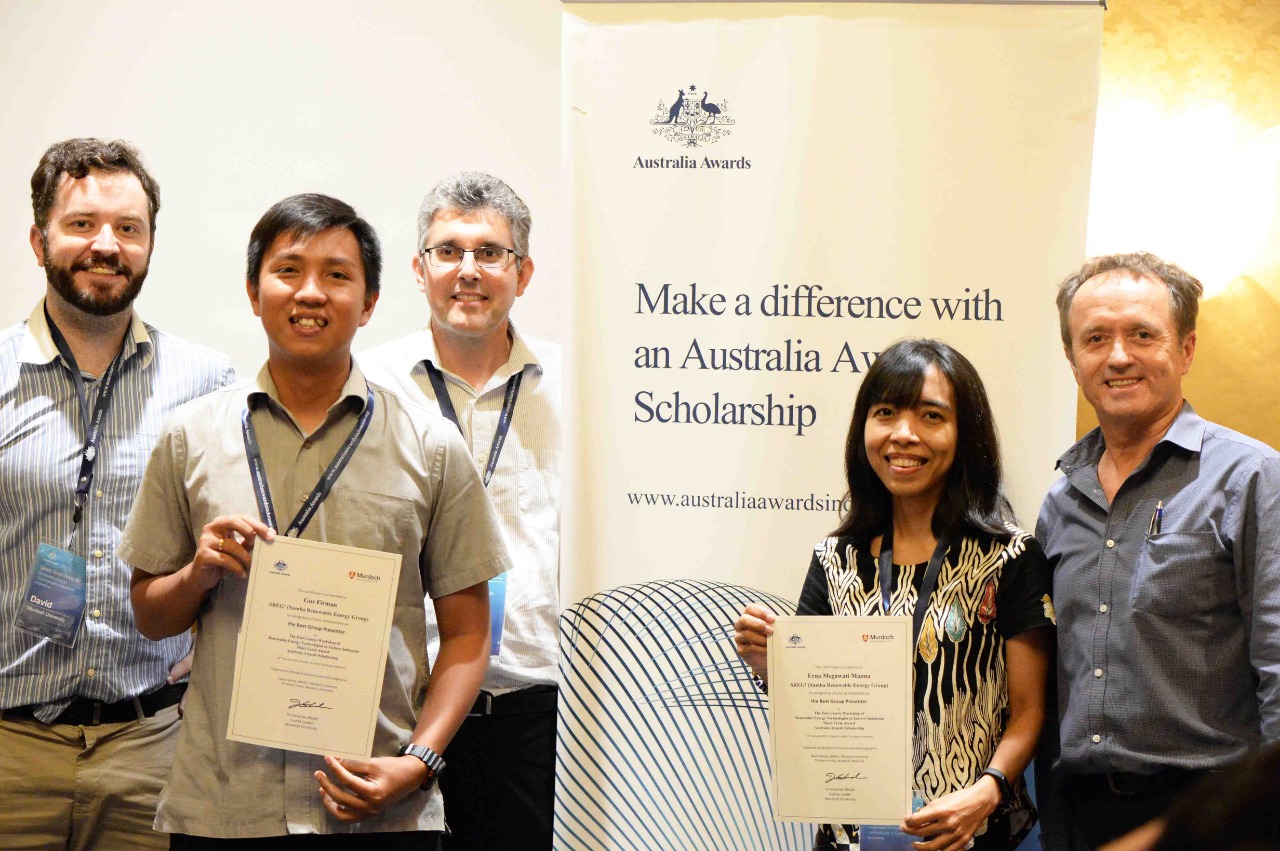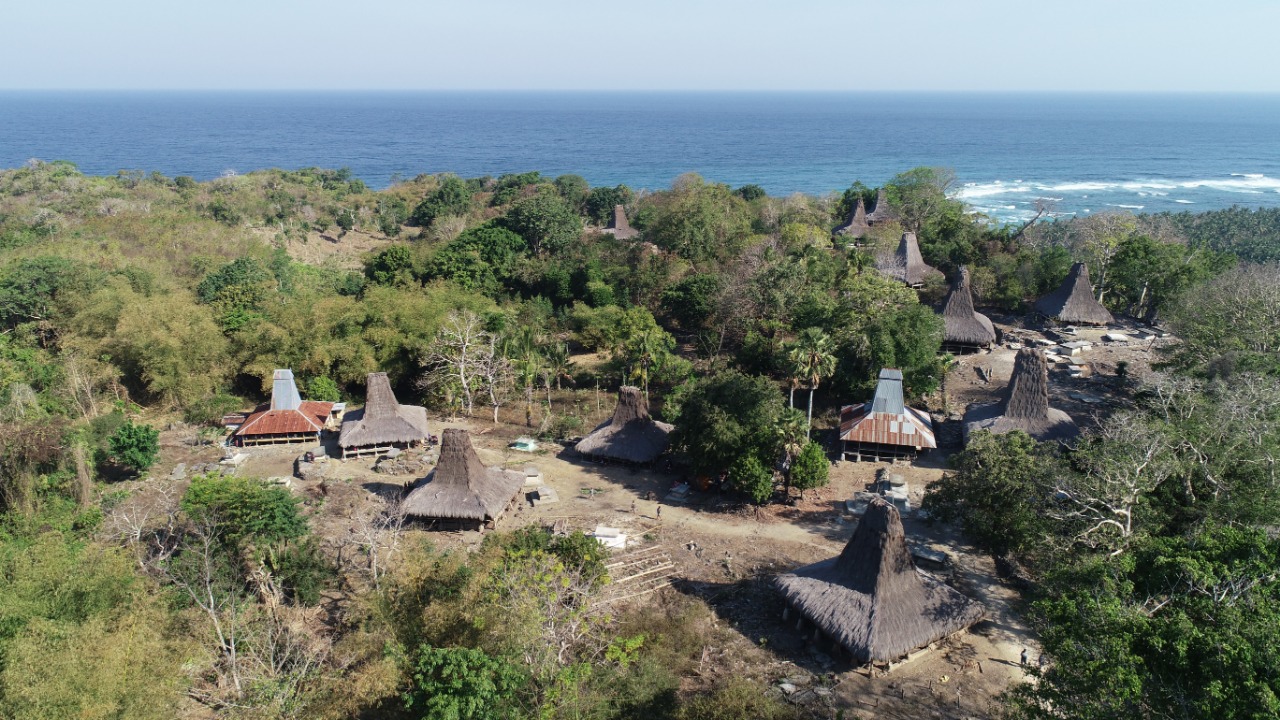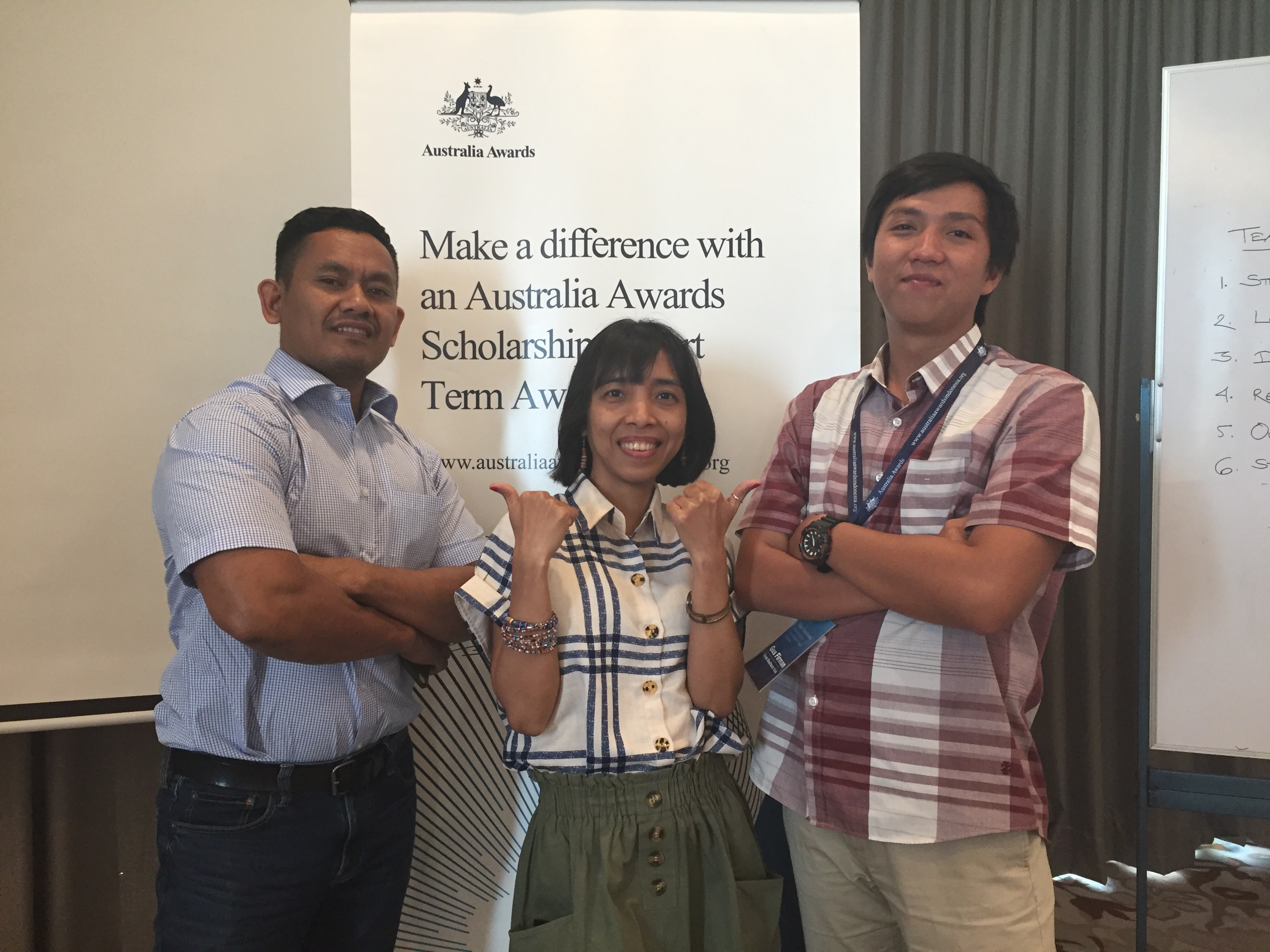JOIN US TO CONTINUE BRING CLEAN ENERGY SOLUTIONS TO TRADITIONAL VILLAGE OF UBU OLETA IN WEST SUMBA, SUMBA ISLAND, INDONESIA IN PHASE II
Make you donation here: https://kitabisa.com/campaign/kampungadat
Read the story here:
From Waikabubak, we can drive or ride towards Lamboya. At a junction, take straight to the less maintained road, toward West Lamboya district. The road to the left is the road to Nihi, the world’s best hotel next to the heavenly coast of West Sumba. Along the way, we will be passed by villages and several traditional villages. The condition of the road is varied. At some point, the road is already damage with deep hole. After 90 minutes of driving with hilly roads, we arrive at the intersection between the road to the Weetana Village Office and the Kampung Adat (hamlet). Access to the location is relatively good with paved roads. However, the asphalt road to access the village, already in bad condition and surrounded by wild grass.

Figure 1: Kampung Adat Ubu Oleta
There is only one entrance to the village. The sign is big banyan tree with roots dangling and one big home in the left. Some grave stone built in Kampung Adat Ubu Oleta. This village is the main village for people of Gaura and Weetana where priests (Rato) and traditional elders live. One of the functions of traditional village is a place for community to carry out various traditional rituals such as the ritual of death, birth, calling ancestral spirits, etc. There are 7 Kabisu (tribes) in Ubu Oleta. Each house in the traditional village represents these Kabisu. The 7 Kabisu are (1) Ubu Oleta, (2) Ubu Ada, (3) Ubu Moto Deta, (4) Adaha, (5) Ubu Legera Deta, (6) Ubu Wawa Ubera, and (7) Ubu Moto Wawa. Ubu Oleta consists of 38 families with a population of 322 people. Each house consists of about 2 – 3 families.
In one of the houses which painted green and blue, there is a terminal full by mobile phone chargers belong to villagers. They have electricity since the microgrid solar system was installed at Ubu Oleta in January 2020. Microgrid solar system was built based on cooperation between the community and PT. Resco Sumba Terang (RST) which was initiated by Sumba Renewable Energy Group (SREG). RST itself is a local company that focuses on renewable energy development for remote communities who are not yet connected to the national grid. Unfortunately, due to some limitations, only 7 houses are connected to the microgrid solar network. There are 7 more houses that are not connected yet to the network, and still rely on lanterns or lamps that are connected to motor batteries as a source of lighting.
At the same house, Mama Fira and her families live and storing paddy in two big woven sacks. This paddy can last for more than a year of consumption for two or more families, and can be used for rituals such death or marriage. To make paddy become rice, Mama Fira and her neighbors first grind the paddy. Do not grind too smooth, she said, the important thing is the paddy is separated from its skin. The grind result brought to the terrace of big house, then sifted and sorted. After that, the rice is stored in private woven sacks (which are smaller than paddy woven sacks), to be consumed for two days.

Figure 2: Women grind the paddy
Before rice can be cooked, Mama Fira first heats the water in the wood stove, in the centre of the big house called Ubu Legera Deta. This big house is crowded when there are riituals such death or wedding dowry (belis). Mama Fira gets water from a big plastic tube in the patio.
The water in the plastic tube is collected by the women for cooking, washing dishes and bathing. Almost every morning, they walk to the spring below the cliff to get water. Because of the terrain were difficult and steep, they brought home a bucket that can be put on their head. Both hands must be free, so they can reach a tree branch or the edge of a cliff to keep their balance.

Figure 3: Dish washing area
The Matawe Hatadala spring is the only source of clean water used by villagers beside rain water. From Ubu Legera Deta, villagers walk about 600 meters down the cliff and about 60 meters down the road of the hamlet. Villagers usually bring two buckets of 10 liters. This is enough for a few days, if it is used wisely, do not wash clothes and choose to bathe in the river. Mama Fira once brought his two years old son to the spring. “But that is enough for once because too dangerous,” she said while smile.

Figure 4: Matawe Hatadala spring
While waiting and chatting, the rice is put into the cooker when the water is warm but not yet boiling properly. Mama Fira also has set up a pot containing pig food, chopped leaves were boiled (again, it requires water from the spring), then it left overnight. This pig food will be mixed with cooked rice.
A few seconds later, Mama Fira brought a large coconut shell from outside. She ladles water from the cooker, so the rice is cooked properly. Rice stew, can be drink or used for enhancing nutrition for livestock and people. It is also good for breastfeeding, she said, and saves water usage, no need to boil water again.
“How if the water from spring is not enough?”
At that time, neighboring hamlet was holding a feast of death. The community were borrowing reservoir of 1,000 liters, to meet the needs of water during 7-10 days, depends on the length of time the ceremony performed. Water truck will come at least 2-3 days to fill it up. It costs IDR 300,000.00 to fully fill reservoir.
“Usually from the private sector, they get water from other villages. It normally run out within 3 days, especially if guests are many”, she said.
She hastily added, “But that is not for bathing or washing clothes. If someone dare to use it for bathing, that is insolent!” She said while laugh.
Story: Chairumi Tyas Satiti
Photos: Chairumi Tyas Satiti / Gus Firman
Translator: Erna Megawati Manna
-9.654833
119.394713

